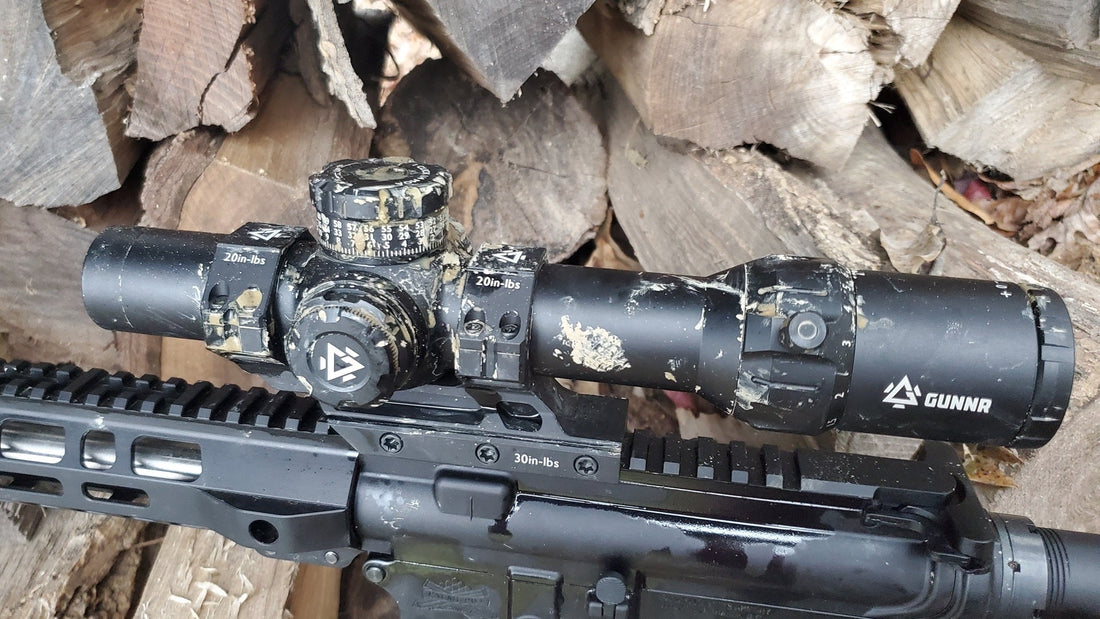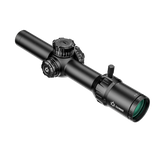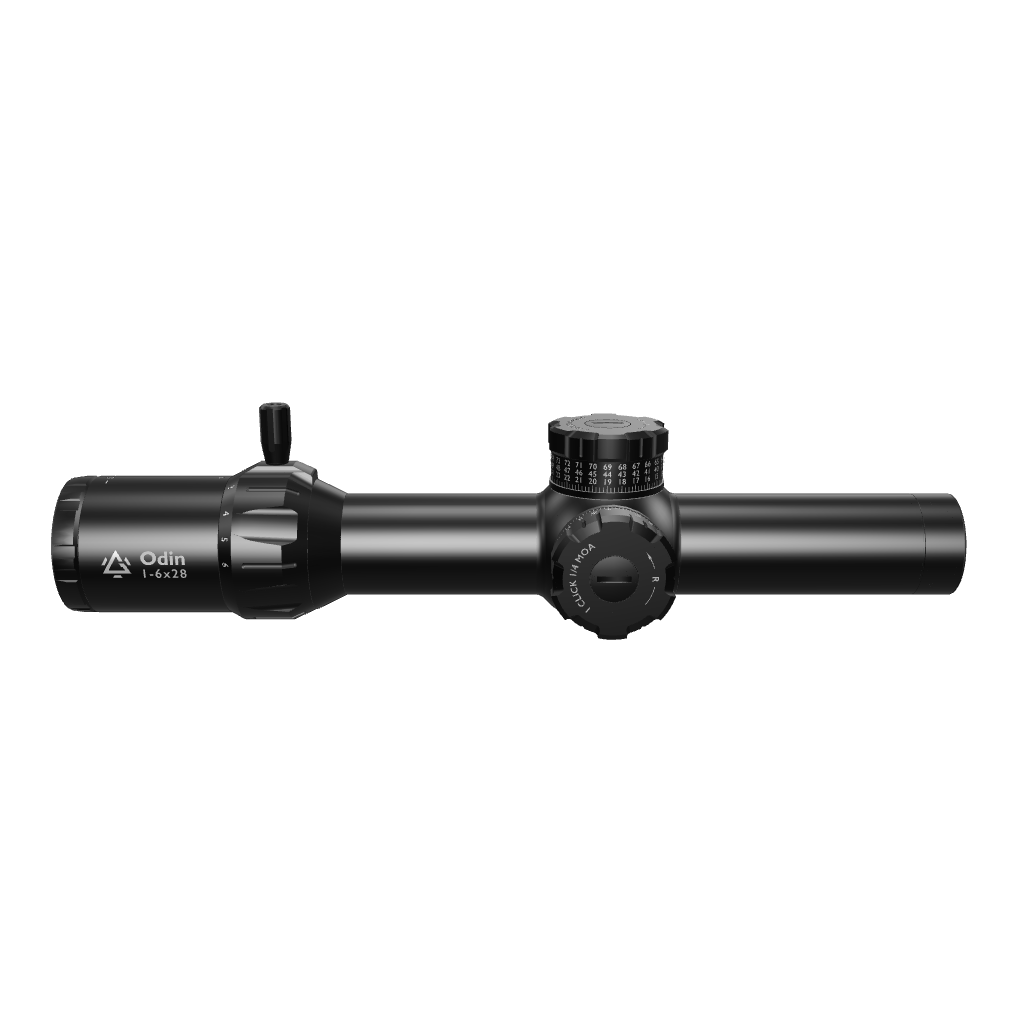How the Wrong Cleaner Can Permanently Strip Optical Coatings
You finally got your hands on that high-performance LPVO or tactical optic you were looking for. Everything looks crystal clear, the image is sharp, and the zero calibration is perfect. But after a few days of use in the field, dust and smudges start to appear. You follow your instincts and reach for the alcohol cleaner or that ordinary glass spray you bought earlier.
Even though this momentarily cleans your scope, it could permanently damage your lens.
Optical Coatings: Like a Layer Cake
Every high-quality rifle scope or tactical scope has multiple layers of optical coatings. These coatings reduce glare, enhance contrast, and increase light transmission—huge benefits when shooting in low light or aiming quickly.
To put it simply, think of these coatings as a layer cake. Each layer has a specific function: one to increase clarity, one to reduce reflections, and one to protect against scratches. Together, they form a finely tuned, high-performance system.
But like the icing on a cake, these layers are very fragile. If you pour harsh chemicals on it (like rubbing alcohol), it will melt the frosting, making the lens, which appears to be protected and intact, actually start to function less effectively, ruining the overall appearance. This is exactly what happens when you use the wrong cleaner on your scope.

What Alcohol-Based Cleaners Really Do
Cleaners containing isopropyl alcohol or ammonia are solvents - they break things down on a chemical level. This makes them great for cleaning grime off windows or metal tools, but very bad for coated optics.
When used on your LPVO scope or rifle scope, these cleaners will:
-
Chemically break down the anti-reflective or hydrophobic layer
-
Leave a cloudy or rainbow-like mark that can't be wiped off
-
Even if the damage isn't immediately visible, clarity will degrade over time
In other words, you may not see the damage the first time - but after repeated use, you'll start to notice a loss of clarity, reduced brightness, or ghosting effects. You start to feel that the scope is not performing as well, affecting your mood and the way you use it.
"But I used alcohol before..."
This is a common response. Alcohol may be effective at cleaning uncoded glass or cheap plastic lenses, but modern tactical scopes and optics are carefully engineered systems. They use advanced coatings to control light transmission and image fidelity—especially in extreme conditions like fog, rain, or direct sunlight.
With harsh cleaners, you're not just removing dirt, you're robbing your scope of performance.
Safe Cleaners for Tactical Optics
So what should you use? Here are some tried-and-true, optics-safe cleaning solutions:
-
Lens Cleaning Fluid (for Coated Optics) Designed for cleaning delicate coatings. Look for cleaners labeled "coated lens safe" or "optics safe."
-
Microfiber Cloths Avoid using napkins, paper towels, or shirts. They may look soft, but they can scratch the coating. Use a clean microfiber cloth and change it often.
-
Lens Cleaning Wipes Designed for glasses and optics, these disposable, alcohol-free wipes are simple and portable, perfect for the range or field.
-
Air Blower or Lens Brush Use an air blower or lens brush to remove dust and particles before wiping. Wiping dust without brushing can cause micro scratches that damage the coating.
Steps on How to Safely Clean a Scope
-
Blow away dust with an air blower.
-
Gently brush away particles with a lens brush.
-
Apply optical safe solution to a cloth (never apply directly to the lens).
-
Wipe in circular motions from the center outward.
-
Store cleaning tools properly to avoid cross contamination with oily or dusty items.
Why This Is Important for Low Power Variable Optics (LPVO) and Tactical Scope Users
LPVOs are popular for their versatility—ideal for precision aiming at close or mid-range ranges. But their performance depends heavily on the cleanliness and integrity of the coating. Damaged coatings mean:
-
Reduced target clarity at 1x zoom
-
Poor light transmission at dusk or dawn
-
Reduced contrast, especially on dark targets
In real-world scenarios—whether competition, patrol, or field hunting—this degradation can mean the difference between a quick hit and a frustrating miss.
Protect Your Tactical Investment
High-quality tactical optics are more than tools, they're investments. You buy them for clarity, durability, and performance. Using the wrong cleaning method is like putting a high-end watch in the dishwasher.
Take 30 seconds to clean thoroughly. Use the right tools. Be gentle. Your scope will reward you with years of reliable, clear performance.







